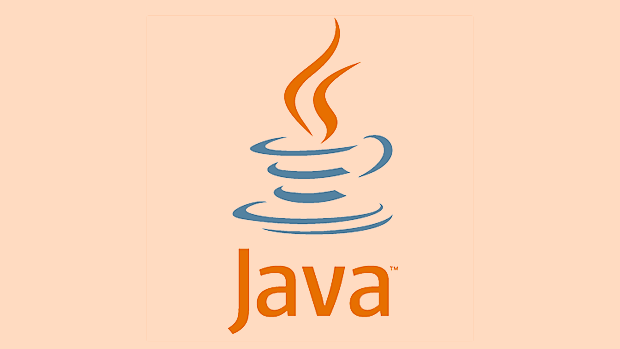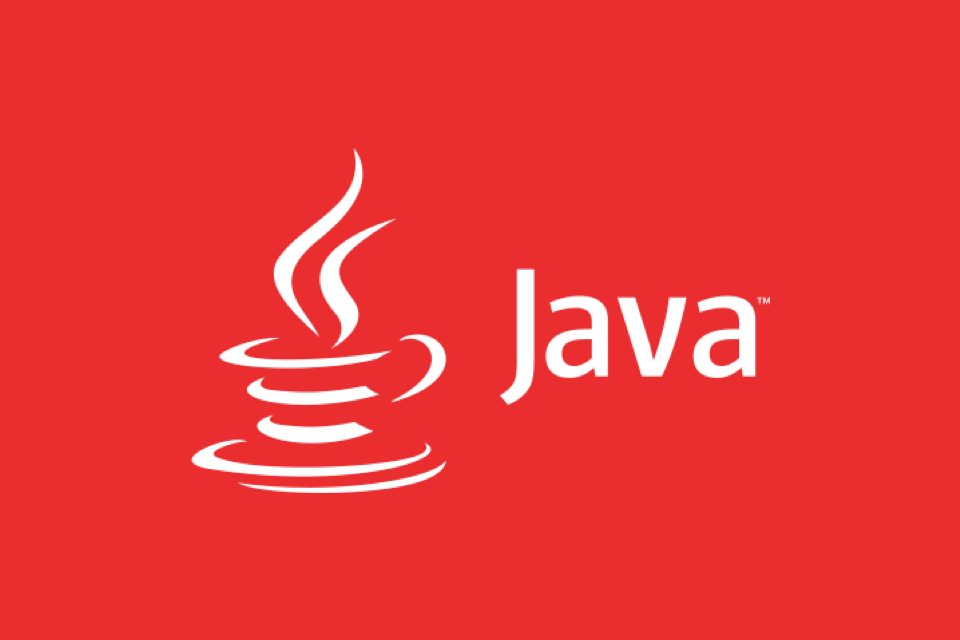Building Reactive Java Applications with RxJava
1.RxJava is a responsive framework based on observer pattern and functional programming, suitable for handling asynchronous and non-blocking tasks. 2. Core types include Observable, Flowable, Single, etc., which are used to represent different forms of data flow. 3. Data conversion and combination are performed through operators such as map, filter, and flatMap to simplify complex logic. 4. Use Schedulers.io(), Schedulers.computation(), AndroidSchedulers.mainThread() and other schedulers to control thread switching. 5. Specify the data flow start thread through subscribeOn, and observeOn specifies the subsequent operation thread. 6. FlatMap, concatMap and other operators can handle chain asynchronous requests and improve code readability. 7. To avoid memory leaks, you should use CompositeDisposable to manage subscriptions. 8. For long-running data flows, it is recommended to use Flowable and configure a backpressure strategy to prevent OOM. 9. Rationally use operators and schedulers, combined with resource management, can effectively improve application performance and development efficiency.

Responsive programming is becoming more and more popular in modern Java development, and RxJava, as its representative framework, has become an important tool for building asynchronous and non-blocking applications. If you are developing applications that need to handle a large number of concurrent requests, real-time data flows, or event-driven logic in Java, RxJava is a very practical choice.

The following parts will start from reality and talk about how to use RxJava to build responsive applications, focusing on common scenarios and practical suggestions.
Understand the core concepts of RxJava
The core of RxJava is "observer mode" and "functional programming", which mainly revolves around several basic types: Observable , Flowable , Single , Completable , Maybe , etc. They represent different data stream types, such as Observable can transmit multiple data items, while Single only transmits one result or error.

When using it, you usually create a data source (such as network requests, database queries, user events), then process the data through operators (such as map , filter , flatMap ), and finally subscribe to trigger execution.
For example, suppose you want to load user information from the network and display:

apiService.getUser(userId)
.map(user -> user.getName())
.subscribe(name -> textView.setText(name));This method makes the code clearer and easier to combine multiple asynchronous operations.
Select the appropriate scheduler to handle thread switching
Java applications usually need to handle switching between the main thread and the background thread, especially in Android development. RxJava provides a scheduler ( Scheduler ) mechanism to simplify thread control. Commonly used ones include:
-
Schedulers.io(): used for IO-intensive tasks, such as network and database operations. -
Schedulers.computation(): Suitable for CPU-intensive tasks, such as data processing. -
AndroidSchedulers.mainThread(): used to update the UI in Android.
A common practice is to make network requests in the IO thread and then switch back to the main thread to update the UI:
apiService.getUser(userId)
.subscribeOn(Schedulers.io())
.observeOn(AndroidSchedulers.mainThread())
.subscribe(user -> updateUI(user));Remember, subscribeOn determines where the data stream starts to be executed, and observeOn determines which thread to run the subsequent operations.
Use operators to combine data flows reasonably
RxJava provides rich operators to combine, convert and filter data streams. Mastering several commonly used operators can make your code more concise and clearer.
for example:
-
flatMap: used to convert one data item into another Observable, often used in chained calls. -
concatMap: Similar to flatMap, but guarantees order. -
mergeMap: allows multiple Observables to be executed concurrently. -
filter: Filter unwanted data. -
takeUntil: Stops the data flow when an event occurs.
For example, you need to obtain the user ID first, and then obtain the user information based on the ID:
userIdObservable
.flatMap(id -> apiService.getUser(id))
.subscribe(user -> showUser(user));Operators can handle complex asynchronous logic together, but be careful to avoid excessive nesting, otherwise it will increase debugging difficulty.
Pay attention to memory leaks and resource management
When using RxJava, especially in Android development, if you do not unsubscribe in time, it may lead to memory leaks. A common practice is to use CompositeDisposable to manage subscriptions uniformly:
CompositeDisposable disposables = new CompositeDisposable();
disposables.add(
apiService.getData()
.subscribe(data -> handleData(data))
);
// Release the resource when it is no longer needed disposables.clear(); In addition, for data streams that require long-running, such as sensor data or real-time messages, it is recommended to use Flowable and cooperate with backpressure strategies (such as onBackpressureBuffer or onBackpressureDrop ) to prevent data backlogs from causing OOM.
Basically that's it. RxJava is powerful, but to be really good, the key is to understand its model and operators and use it flexibly in combination with actual scenarios. It may feel a little tangled at first, but once you get familiar with it, you will find it very efficient when dealing with asynchronous logic and data flows.
The above is the detailed content of Building Reactive Java Applications with RxJava. For more information, please follow other related articles on the PHP Chinese website!

Hot AI Tools

Undress AI Tool
Undress images for free

Undresser.AI Undress
AI-powered app for creating realistic nude photos

AI Clothes Remover
Online AI tool for removing clothes from photos.

Clothoff.io
AI clothes remover

Video Face Swap
Swap faces in any video effortlessly with our completely free AI face swap tool!

Hot Article

Hot Tools

Notepad++7.3.1
Easy-to-use and free code editor

SublimeText3 Chinese version
Chinese version, very easy to use

Zend Studio 13.0.1
Powerful PHP integrated development environment

Dreamweaver CS6
Visual web development tools

SublimeText3 Mac version
God-level code editing software (SublimeText3)
 What are the implementation methods of reactive programming in PHP7.0?
May 27, 2023 am 08:24 AM
What are the implementation methods of reactive programming in PHP7.0?
May 27, 2023 am 08:24 AM
Computer programming has gone through many changes and evolutions over the past few decades. One of the latest programming paradigms is called reactive programming, which has become more popular in the development of high-quality, high-concurrency web applications. PHP is a popular web programming language that provides a rich set of libraries and frameworks to support reactive programming. In this article, we will introduce the implementation of reactive programming in PHP7.0. What is reactive programming? Before discussing PHP7.0
 A collection of 10 best practices for Vue
Jun 09, 2023 pm 04:05 PM
A collection of 10 best practices for Vue
Jun 09, 2023 pm 04:05 PM
Vue is one of the more popular front-end frameworks currently and is widely used in a large number of projects. However, the use of Vue is not static. How to use Vue to reduce errors and improve development efficiency? This article will introduce 10 best practice principles of Vue to help developers write more concise, secure, and easy-to-maintain code. Creating a Project with VueCLI The best way to create a Vue project is to use VueCLI. VueCLI can help you quickly build a Vue project containing various modules. exist
 Using RxJava for asynchronous processing in Java API development
Jun 18, 2023 pm 06:40 PM
Using RxJava for asynchronous processing in Java API development
Jun 18, 2023 pm 06:40 PM
Java is a very popular programming language, especially widely used in web applications and mobile applications. When faced with some complex multi-threaded application development requirements, developers usually encounter many problems. RxJava is a very powerful library that provides asynchronous and event-based programming patterns based on the observer pattern. This article will introduce how to use RxJava for asynchronous processing in JavaAPI development. 1. What is RxJava? RxJava is a library based on the observer pattern
 Java development: How to use Vert.x for reactive programming
Sep 22, 2023 am 08:18 AM
Java development: How to use Vert.x for reactive programming
Sep 22, 2023 am 08:18 AM
Java development: How to use Vert.x for reactive programming Preface: In modern application development, reactive programming has become an important concept. It provides an efficient and scalable way to handle asynchronous event streams and data streams. Vert.x is an excellent reactive programming framework. It is based on an event-driven architecture and can well handle high concurrency and large-scale data processing requirements. This article will introduce how to use Vert.x for reactive programming, with some specific code examples. Introducing Vert.
 How to do functional reactive programming with PHP
Jun 08, 2023 pm 08:16 PM
How to do functional reactive programming with PHP
Jun 08, 2023 pm 08:16 PM
PHP is a scripting language mainly used in the field of web development. Although PHP has never been considered a functional programming language, PHP7 has built-in support for functional programming, allowing developers to use functional reactive programming to generate more concise, modular, reusable and measurable code. . In this article, we will show you how to use functional reactive programming in PHP. What is functional programming? Functional programming is a programming paradigm whose core idea is to view programming as a series of
 Java development: How to use RxJava for reactive programming
Sep 22, 2023 am 08:49 AM
Java development: How to use RxJava for reactive programming
Sep 22, 2023 am 08:49 AM
Java development: How to use RxJava for reactive programming, specific code examples are required. Introduction: With the increasing needs of modern software development, traditional programming methods can no longer meet the requirements for high concurrency, asynchronous processing, and event-driven characteristics. In order to solve these problems, reactive programming came into being. As a powerful reactive programming library, RxJava provides rich operators and flexible asynchronous processing methods, which greatly improves development efficiency and application scalability. This article will introduce how to use RxJava to
 How to use Flow API for reactive programming in Java 9
Jul 31, 2023 pm 04:36 PM
How to use Flow API for reactive programming in Java 9
Jul 31, 2023 pm 04:36 PM
How to use FlowAPI to implement reactive programming in Java 9 Introduction: As the complexity of modern applications continues to increase, reactive programming has become an increasingly popular programming paradigm. Java 9 introduced FlowAPI, providing developers with a simple and reliable way to implement reactive programming. This article will introduce how to use FlowAPI to implement reactive programming in Java9 and demonstrate its usage through code examples. What is reactive programming: Reactive programming is a
 Application of design patterns in RxJava framework
Jun 02, 2024 am 09:13 AM
Application of design patterns in RxJava framework
Jun 02, 2024 am 09:13 AM
Design Patterns in RxJava Framework RxJava is a reactive programming framework that provides many design patterns to improve code readability and maintainability. This article will introduce the most commonly used design patterns in RxJava and provide practical cases to illustrate their application. Observer Pattern The Observer pattern is a one-to-many pattern that allows objects to subscribe to and receive event notifications from other objects. The Observable class in RxJava represents observable objects, while the Observer class represents observers. Practical case: Observableobservable=Observable.create(emitter->{emitter.on







